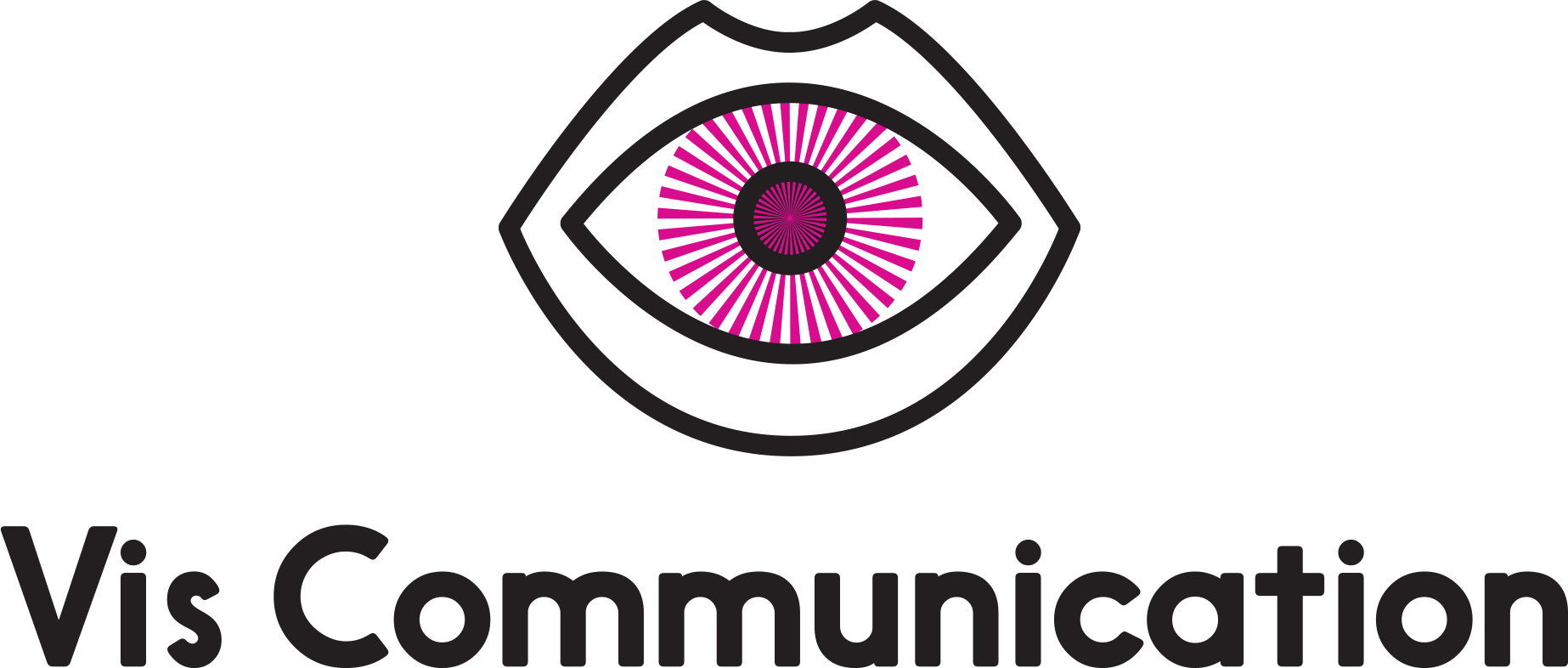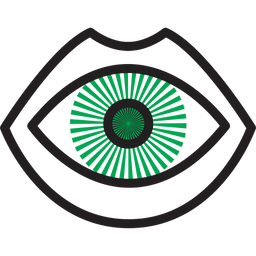The Do's and (One) Never Ever of Presenting Work
Information from the trenches, ya'll.
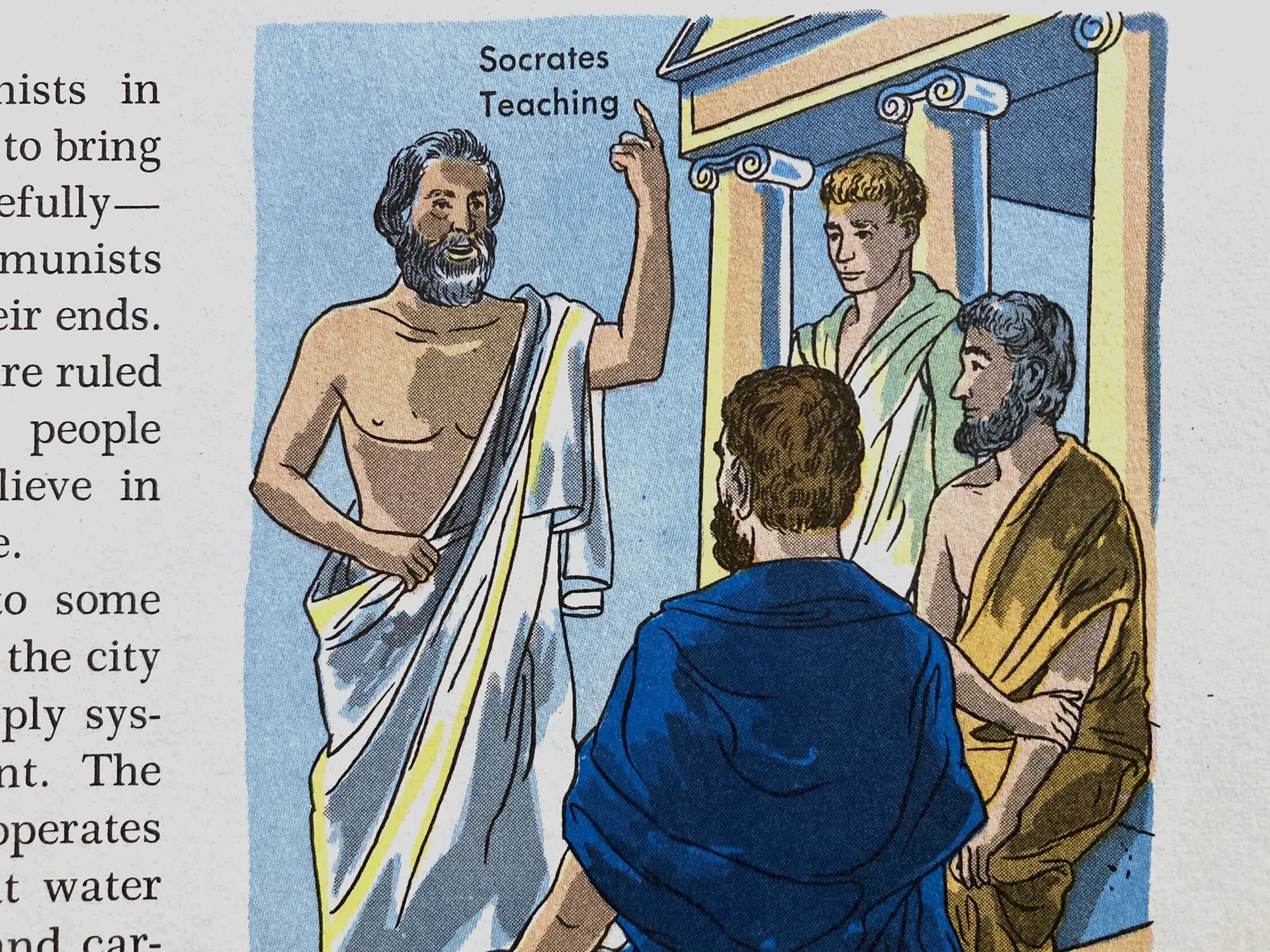
I'm going to do what I shouldn't, which is start with the thing you really want to know – the Never Ever.
Never Ever
Memorize your presentation. I did this exactly one time. I hadn't been in a lot of these presentations at the time, and the whole team practiced, and I memorized what I was going to say. Unfortunately, someone said something during the actual presentation that should have changed my approach, but it's hard to change what you memorize. Half way through I realized I needed to read the room. I adjusted, but not elegantly, and not before I clearly screwed up. Things happen in meetings that are unexpected. This is not a TED talk. Yes, practice your presentation, study up on specific points you want to make or keywords (see below) you want to use, but be able to flow with the meeting. Think of it a little bit as improv.
Do
Have a reason for everything. In theory, this should be easy for you since you designed it. If you made it blue instead of green, tell them why.
Show your process. You want to create a story of why you did what you did and why it makes sense. By the time you get to your final design, you want them to go, "yeah, I get why this is the way it is."
Think about getting alignment instead of approval. This was an interesting perspective flip for me because we always talk about approvals. But alignment with the goals feels less like asking "here, do you like it?" and more like "are we still on the same page?" It takes a skosh of the subjectivity out of it.
Use Keywords. Make notes in your preliminary meetings of words the client uses to describe their business and use those not only to build your design (you'll add more words during your research phase) but then repeat those back during your presentation. If the client described the vibe of the company as "California cool," use that phrase in your presentation. Consciously or unconsciously they will recognize their words.
Take Questions When You Prefer. Some people are comfortable taking questions throughout the meeting. At times, it's easier to get those things out while you're talking about the thing and then move on. Some people prefer to wait until the end to take questions. This can be helpful when you end up answering those questions during the rest of the presentation. I don't think there is a right or wrong here. But you get to set the expectation at the start with either: "Feel free to ask questions as I go." or "Note any questions and we'll have Q&A at the end."
If you are part of a team, help each other. Others have helped me in presentations and I've helped them. Typically with a team and a larger meeting, we'll meet prior to rehearse a bit. We'll talk about points we want to make and who will present which part. With my team, we often will jump in if someone else has the better answer to the question or if there is an important point someone forgets to make or we'll hand off for a specific point of view. If you do this, make sure what you're saying is additive, not interruptive. Get in, make the point, and get out so whoever has the floor can continue.
Resources
Quick basic presentation structure:
1. State the problem you're trying to solve or the goal.
2. Show what their competitors are doing or the category landscape.
3. Show your process – how you go to your end result.
4. Show your designs – present the safest* design first.
5. Q&A
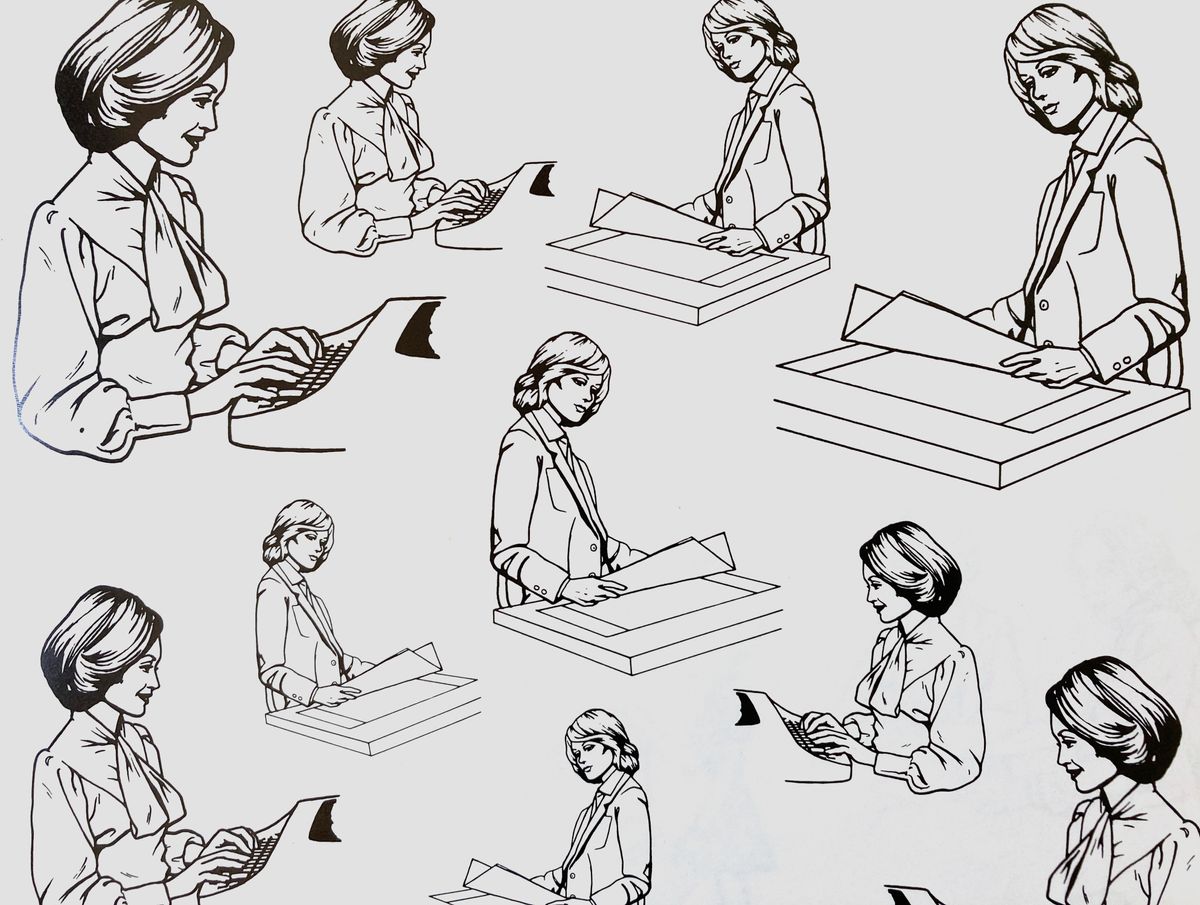
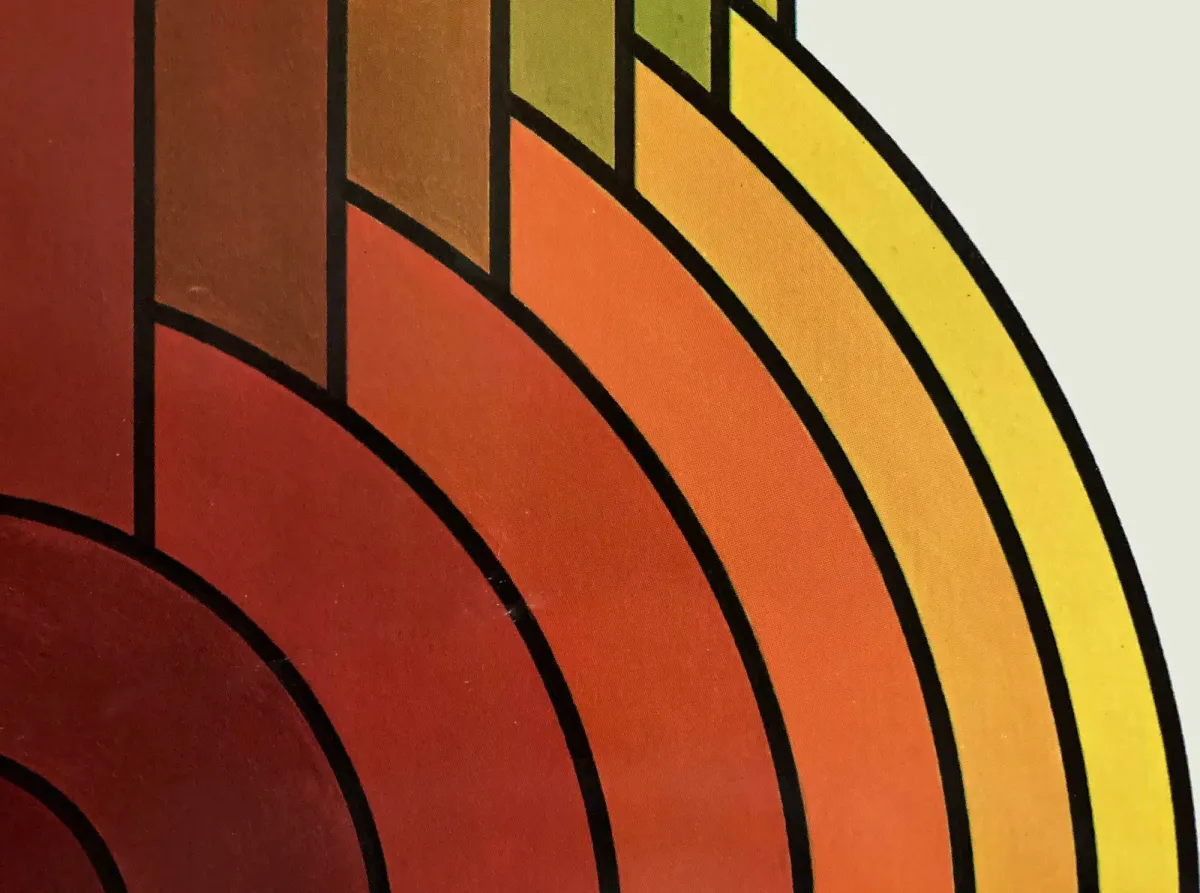
*The "safest" design is relative, but usually the one either that you would consider the most conservative or the one that's closest to what they asked for. This helps put the client at ease knowing they have something that they like. At this point, they'll be more open to seeing more pushed work.
